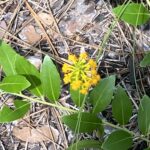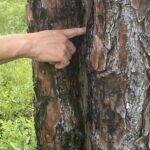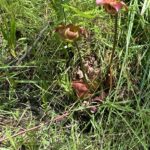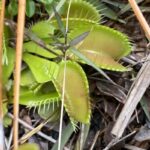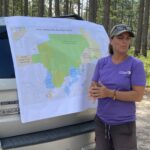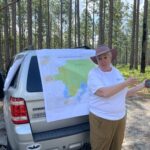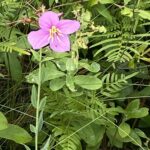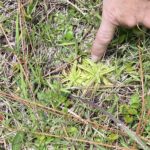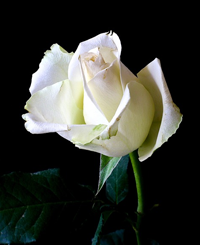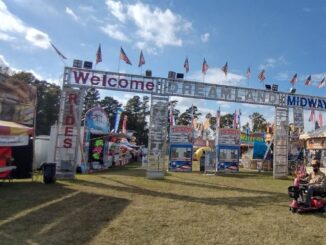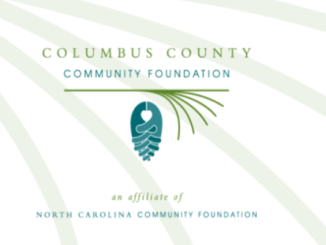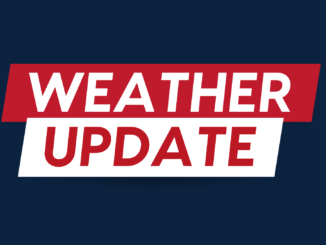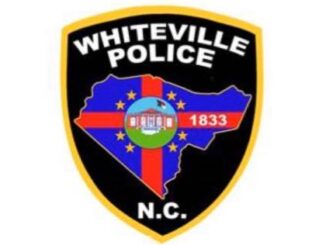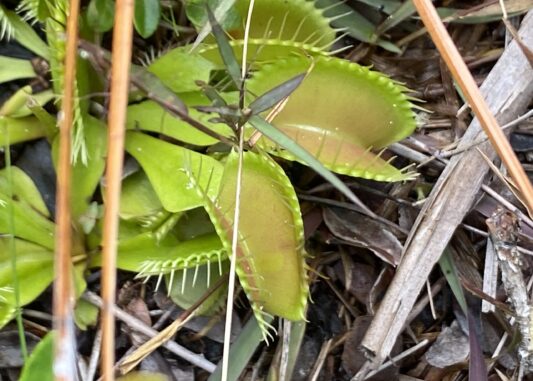
Along a narrow, muddy path in the depths of the Green Swamp, Deb Maurer plowed through tree roots and soil dusted with ash and soot. Less than two weeks ago, flames raged here, killing most of the shrubs and scorching longleaf pines higher than a person could reach. The smoky odor permeates the humid, hot air.

Rounding a turn at a small wetland, Maurer and colleagues from The Nature Conservancy find encouraging signs of recovery. Venus flytraps, pitcher plants, butterwort and sundews have emerged. Most of the mature trees appear to have healthy canopies. This 16,000-acre portion of forest was singed but not incinerated.
“This whole landscape is fire-dependent,” said Debbie Crane, spokeswoman for the Conservancy. “In the long run, this place will come back tremendously.”
Crane and others spoke of literally fighting fire with fire.
Longleaf pine/wiregrass savannahs need periodic fire to thrive. The trees and species they support can take heat, but not competition for sunlight. Using low-intensity fires over the years reduced fuel in the forest, so when a raging wildfire approached, damages were limited.
Controlled burns of the pine forest are an established science. What’s less clear is how often and how intensely fires are needed to protect pond pine wetlands and pocosins – small swamps atop hills. The Conservancy expects to use data from the fire to help learn more about such areas.
What happened
The Pulp Road wildfire started as a controlled burn in a section of the forest managed by the N.C. Wildlife Resources Commission for conservation and hunting. The blaze went rogue June 15 and spewed smoke, soot and ash across three counties for days.
At one point, crews closed a section of N.C. 211 to ensure access by heavy equipment. The fire was controlled on June 22. No people or structures were harmed.
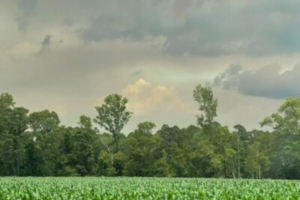
The blaze eventually covered an area of 15,642 acres – twice the size of Lake Waccamaw, or 4.5 times the size of the city of Whiteville.
What’s next
The Conservancy intends to use photographic reference points, drones and manned aerial surveillance to gauge the effects of the wildfire. The results could help steer future management practices. Because of the inherent danger to people and property, managers never want to see a wildfire.
Still there are positives, said Zach West, a land steward.
“Wildfire is a problem, but ecologically, it’s beneficial to the Green Swamp,” he said.
About The Nature Conservancy
Since 1951, The Nature Conservancy has been working in partnership with individuals, local communities, government agencies and private businesses to protect the natural landscapes that harbor the diversity of plant and animal life. The area chapter focuses largely on pine savannahs, pocosins, bottomland hardwoods and riverine environments. Visit www.nature.org or call the Southeastern Coastal Plain office at 910-395-0300.

